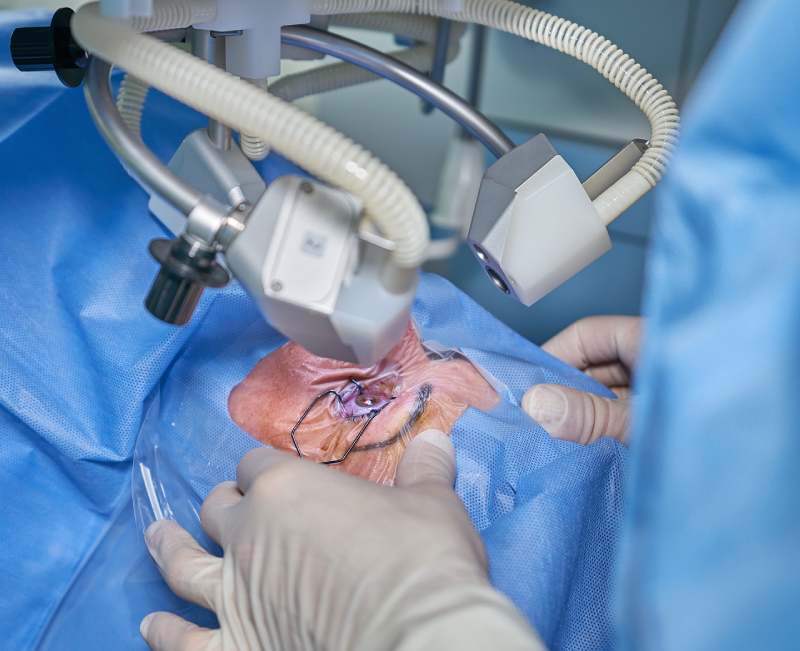Motiyabind, known as cataract in English, is a prevalent eye condition that primarily affects individuals as they age. It is characterized by the clouding of the natural lens in the eye, leading to impaired vision and, if left untreated, can cause blindness. Recognizing the early signs and symptoms of Motiyabind is crucial for timely treatment and to preserve vision.
Understanding Motiyabind
Motiyabind occurs when the protein in the lens of the eye clumps together, forming a cloud-like cover. This clouding prevents light from passing clearly through the lens, causing loss of vision. While the most common cause is aging, other factors like diabetes, smoking, prolonged exposure to sunlight, and certain medications can also contribute to its development.
Symptoms of Motiyabind
Motiyabind manifests in several ways, and its symptoms are often subtle at first. Here are the most common signs to watch out for:
- Blurred Vision: One of the earliest signs of Motiyabind is blurred or foggy vision. Patients often describe it as looking through a cloudy piece of glass or a fogged-up window.
- Light Sensitivity: Individuals with Motiyabind may experience increased sensitivity to light. Bright lights may cause discomfort or glare, and there might be a halo effect around lights at night.
- Fading or Yellowing of Colors: Motiyabind can cause a shift in color perception. Colors may appear less vibrant, faded, or have a yellowish-brown tinge.
- Difficulty with Night Vision: Night vision problems, such as difficulty driving or recognizing faces in low light, can be a significant indicator of Motiyabind.
- Frequent Changes in Eyeglass Prescription: If you find the need to frequently change your eyeglass or contact lens prescription, it could be a sign of cataract development.
- Double Vision: In the early stages of Motiyabind, you may experience double vision in one eye.
Prevention and Early Detection
While aging is an inevitable cause of Motiyabind, certain lifestyle changes can help delay its onset. These include maintaining a healthy diet rich in vitamins and antioxidants, quitting smoking, reducing alcohol consumption, and protecting your eyes from excessive sunlight.
Regular eye check-ups are essential, especially for those over the age of 40, to detect any early signs of Motiyabind or other eye conditions. If you notice any changes in your vision or experience any of the symptoms mentioned above, schedule an appointment with your eye specialist immediately.
Conclusion
Motiyabind is a common eye condition that can significantly impact an individual’s quality of life. However, with early detection and appropriate treatment, it’s possible to effectively manage this condition and preserve vision.
At Shreya Eye Hospital, we are committed to providing comprehensive eye care, including the diagnosis and treatment of Motiyabind. Our team of experienced ophthalmologists uses state-of-the-art technology to perform cataract removal surgeries, helping restore clear vision for our patients. We offer personalized care plans, taking into account each patient’s unique needs and health history.
In addition to surgical treatment, Shreya Eye Hospital provides ongoing support and follow-up care to ensure optimal recovery and vision improvement post-surgery. Our patient-centric approach ensures that you are guided and supported at every step of your journey towards better eye health.
Remember, your vision is precious, and taking proactive steps can help ensure its longevity. If you notice any changes in your vision or experience any of the symptoms mentioned above, schedule an appointment with our specialists at Shreya Eye Hospital immediately.

